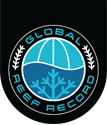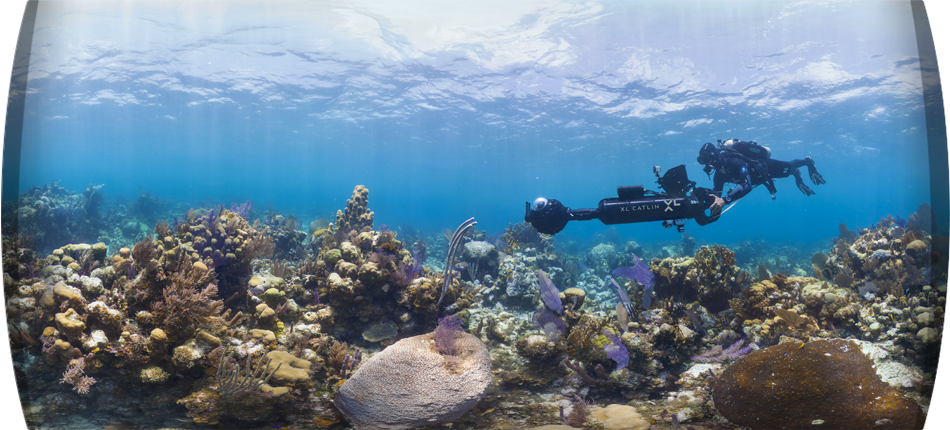Expeditions
We had an ambitious plan to survey key sites in the main coral reef regions across the globe over four years. The Great Barrier Reef was the focus of 2012. This focus moved to the Caribbean in 2013 before switching to Southeast Asia and the Coral Triangle in 2014. 2015 saw the focus move to the Indian and Pacific oceans. Sites were selected by Professor Ove Hoegh-Guldberg and his team at the Global Change Institute at The University of Queensland.
Reef Structure Data
In addition to all the 360° panoramic imagery collected on the XL Catlin Seaview Survey, the team also used stereo cameras to compute rugosity (reef structure) data for selected locations visited. This important part of the survey was made possible through a joint collaboration with The University of Queensland, University of Sydney and the Queensland University of Technology.
Additional Data Sources
The XL Catlin Seaview Survey also studied mesophotic reefs at key locations around the world (30-100m depth). Video-transact data will be made available on the AXA XL Global Reef Record. In addition to the XL Catlin Seaview Survey data and data sets from NOAA’s Coral Reef Watch and the World Resources Institute we collaborated with other scientific partners to publish important reef data.


